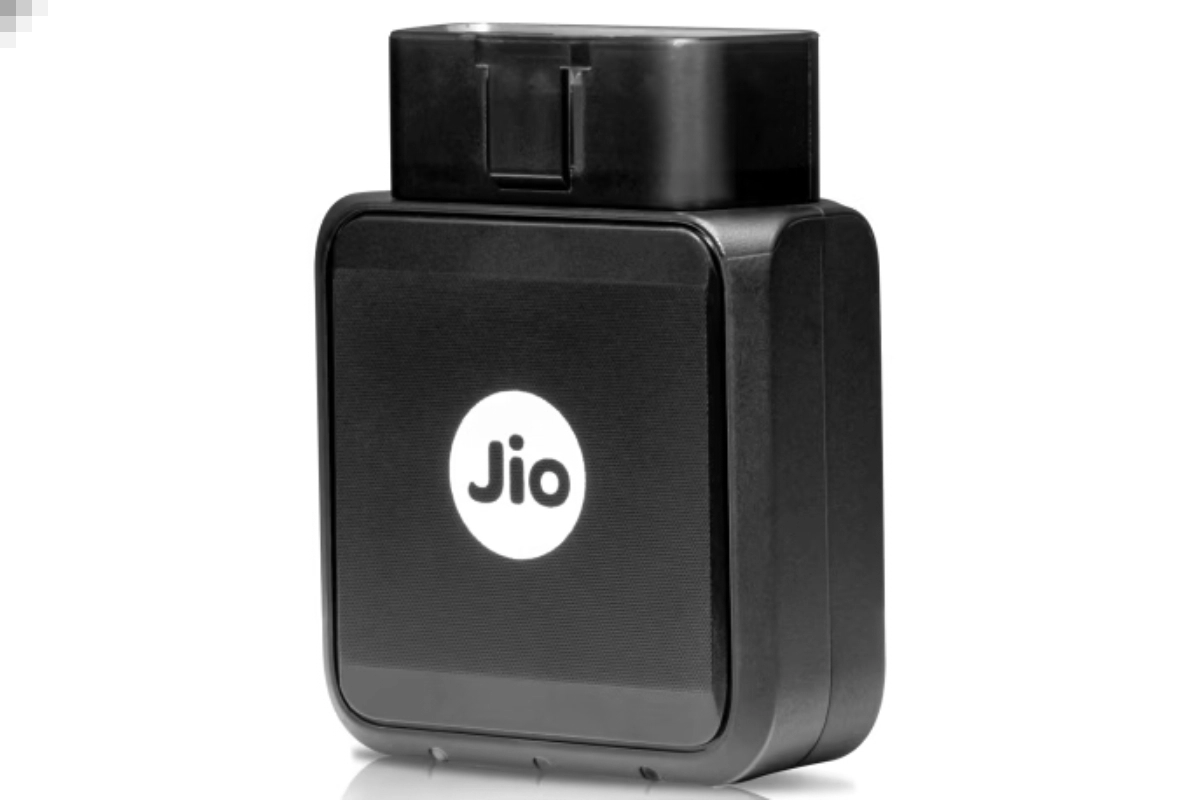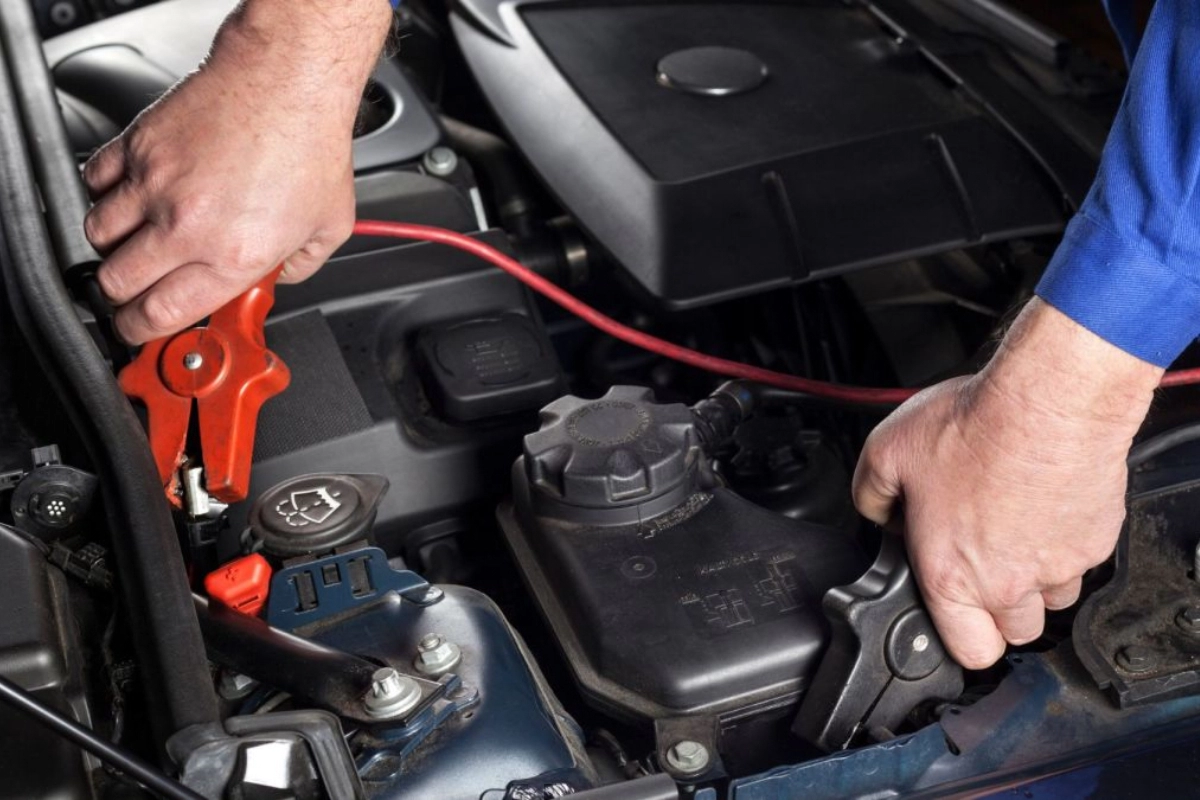Car Insurance: Whether selecting an insurance policy for your car at the time of purchase or when it comes time for renewals, there are a number of factors to consider. IDV is one of them. In this article, we will tell you all you need to know about IDV.
What is IDV?
The term “IDV” stands for “Insured Declared Value,” which is the highest amount guaranteed by the insurer that is provided in the event that a car is stolen or completely lost. IDV is, to put it briefly, the current market value of your car. At the onset of the auto insurance policy, it is often assessed using the manufacturer’s advertised selling price of the vehicle’s model and variant (including any extra equipment). After depreciation adjustments for each year, it is calculated. The amount of your auto insurance claim that must be paid out if your four-wheel drive vehicle is stolen or sustains damage beyond repair is determined by its IDV. It is crucial that your car is insured for the appropriate IDV because of this.
How is IDV calculated?
To quickly and accurately determine the insured declared value of your car, use an IDV calculator. The simple formulas listed below can be used to perform this computation manually as well.
The IDV computation is based on the selling price of an automobile, which is determined by the manufacturer at the time of sale. To compute the IDV, the selling price is subtracted from the depreciation on the vehicle parts. The formula for calculating IDV is:
Insured Declared Value of Car = Manufacturer’s Listed Price – Depreciation Value
Why is IDV important?
The IDV of your vehicle matters for two main reasons. It’s the most money you can get reimbursed for theft or irreparable damage to your vehicle, to start with. Second, your car’s IDV has a direct impact on your insurance policy rate. A premium that is higher is a direct effect of a higher IDV…
Keep watching our YouTube Channel ‘DNP INDIA’. Also, please subscribe and follow us on FACEBOOK, INSTAGRAM, and TWITTER












